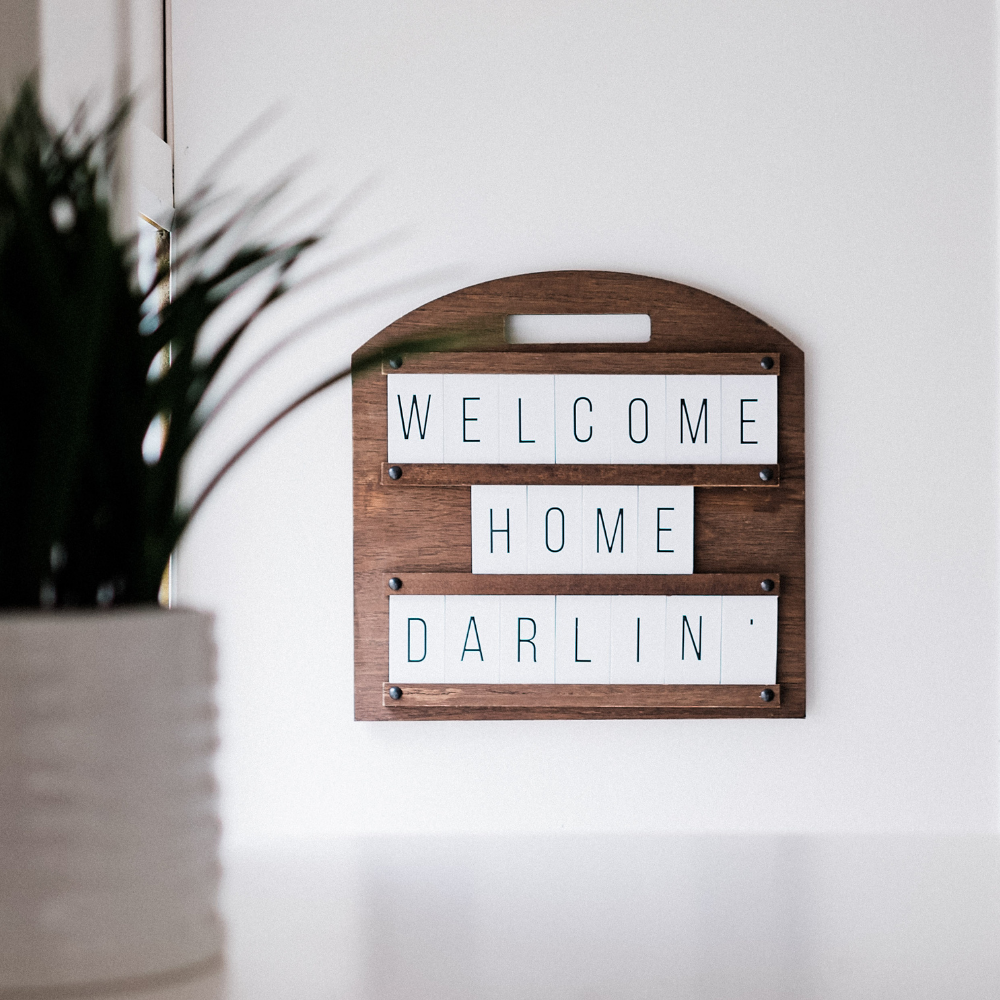
If your home’s been sitting on the market longer than expected, it might not be the price tag that’s turning buyers away. Sometimes, it’s the quiet dealbreakers – those subtle cues that plant seeds of doubt in a buyer’s mind before they even realize what’s happening. These little red flags often have more to do with psychology than square footage. Let’s explore the most common flags why your house isn’t selling and how to fix them.
Selling a home isn’t just a transaction – it’s an emotional pivot point. Whether you’re leaving a beloved family home, downsizing, or transitioning during a life change, it’s worth acknowledging that the reasons a home isn’t selling can feel personal. This guide isn’t about shame or blame – it’s about clarity, and getting your home seen and sold by the right buyer.
1. First Impressions That Fall Flat
The moment a buyer steps out of the car, the clock starts ticking. Overgrown landscaping, a cracked walkway, or a faded front door can create an unconscious narrative: this home hasn’t been loved.
Even once inside, the entryway sets the tone. If it’s cluttered or cold, it can feel more like a storage unit than a home. Emotional impressions happen fast – within 30 seconds, most buyers have already decided if they’re open to loving your home.
Fix it: Fresh mulch, a pop of paint on the front door, and an intentional, uncluttered entry go a long way. Create a sense of welcome before they’ve even crossed the threshold. Take a walk down your sidewalk as if you’re the buyer seeing your home for the first time. What would you assume about the care inside based on the cues outside?
2. The Smell Test
Buyers might not remember your light fixtures, but they’ll remember how your home smelled. Lingering odors from pets, mildew, old carpet, or last night’s dinner send signals about cleanliness and care – even when the house is spotless.
Scent is directly linked to memory and emotion. A subtle off-smell can make a buyer subconsciously uncomfortable.
Fix it: Air the house out daily. Use natural deodorizers like baking soda or white vinegar. Skip heavy air fresheners and candles – they often signal you’re covering something up. Aim for neutral, clean, and fresh. Consider having a trusted friend do a “smell check” – we get used to the scent of our own spaces and may not notice what others will.
3. Dated Fixtures That Signal “Deferred Maintenance”
Old ceiling fans. Brass hardware. Yellowing outlet covers. These elements may seem small, but they whisper that the home hasn’t kept up with the times – and buyers hear them loud and clear.
Even if the home’s bones are solid, outdated fixtures suggest deeper neglect. It tells buyers that updates may be needed throughout, adding mental line items to their renovation list.
Fix it: Focus on affordable upgrades with big visual impact: matte black or brushed nickel hardware, crisp white switch plates, updated lighting. These details don’t just look better – they help buyers feel better. A small refresh can often create the impression of a well-maintained home, even if the upgrades are surface-level.
4. Awkward Layouts That Are Hard to Unsee
A good floor plan can be overshadowed by confusing furniture placement or tight traffic flow. When buyers can’t intuitively picture how to live in the space, they often move on.
Your home might be functional, but if it doesn’t feel easy to live in, imagination stalls. Flow matters – it helps buyers envision parties, cozy evenings, and everyday moments.
Fix it: Edit furnishings to improve flow. Remove bulky pieces. Create defined zones with clear purposes. Consider using rugs or lighting to guide the eye through the space. If a room has become a multi-purpose catchall, decide what single purpose will resonate most with buyers in your area.
5. Rooms That Lack Purpose or Personality
Catch-all guest rooms, half-finished basements, or an office crammed with storage can confuse buyers. When a space feels purposeless, it feels wasted – and wasted space feels like poor value.
Worse, buyers often can’t unsee what you use the room for, even if it doesn’t match their lifestyle. It’s hard for a buyer to picture a serene nursery if all they see is gym equipment and unopened boxes.
Fix it: Stage each room with clarity. Even if it’s modest, give it a defined identity – a cozy reading nook, a child’s room, a minimalist office. Warmth and intention help buyers envision their own lives unfolding. A thoughtfully styled room invites imagination, which is one of your most powerful selling tools.
6. Unfinished Projects or Visual Clutter
Half-done paint jobs, visible drywall patches, or corners filled with miscellaneous items create a mental checklist of things to fix. Buyers often assume, “If I can see this many small things, what bigger problems are hiding?”
Even if you were planning to finish the projects next weekend, they count against you now.
Fix it: Prioritize finishing what’s visible. Tidy up. Remove excess stuff from corners, walls, and counters. A sense of completeness gives buyers confidence – and confidence sells. If you’re overwhelmed, tackle one room at a time. The goal isn’t perfection – it’s polish.
7. Price Doesn’t Match Buyer Perception
Sometimes, the home is priced correctly on paper but fails to justify the price emotionally. Dated paint, minor flaws, or underwhelming style can make buyers mentally subtract from the asking price.
Buyers often need to feel like a home is worth it before they calculate whether it is. Emotion drives logic in real estate more than we’d like to admit.
Fix it: Reassess whether the visuals and experience of the home match its pricing tier. If you’ve improved condition, make sure the listing photos reflect that. Consult with your agent on pricing psychology – sometimes a small price shift sparks renewed interest. If traffic is low, it may be time to reframe the narrative – or consider a simpler sales path.
When the Traditional Route Isn’t Working, Try a Different Path
If you’ve tried the usual fixes and your home isn’t selling, it doesn’t mean the home is flawed – it might just mean the process isn’t working for your situation.
At Darlin’ Homes, we specialize in off-market sales that bypass the showings, staging, and long timelines. We see potential where others see problems. If your home has good bones and a story to tell, we’re here to listen.
An off-market sale isn’t about giving up. It’s about choosing a different kind of success—one that values peace of mind, privacy, and practicality. For many sellers, the offer might not be the highest, but the net result is stronger once you subtract time, stress, and expenses.
Curious if an off-market sale might be a better fit? Get a cash offer – no pressure, just possibilities.
Related Reading:
How Off-Market Sales Work
What Buyers Actually Notice
Renovation Features That Win Buyers
Simple Fixes to Boost Curb Appeal
